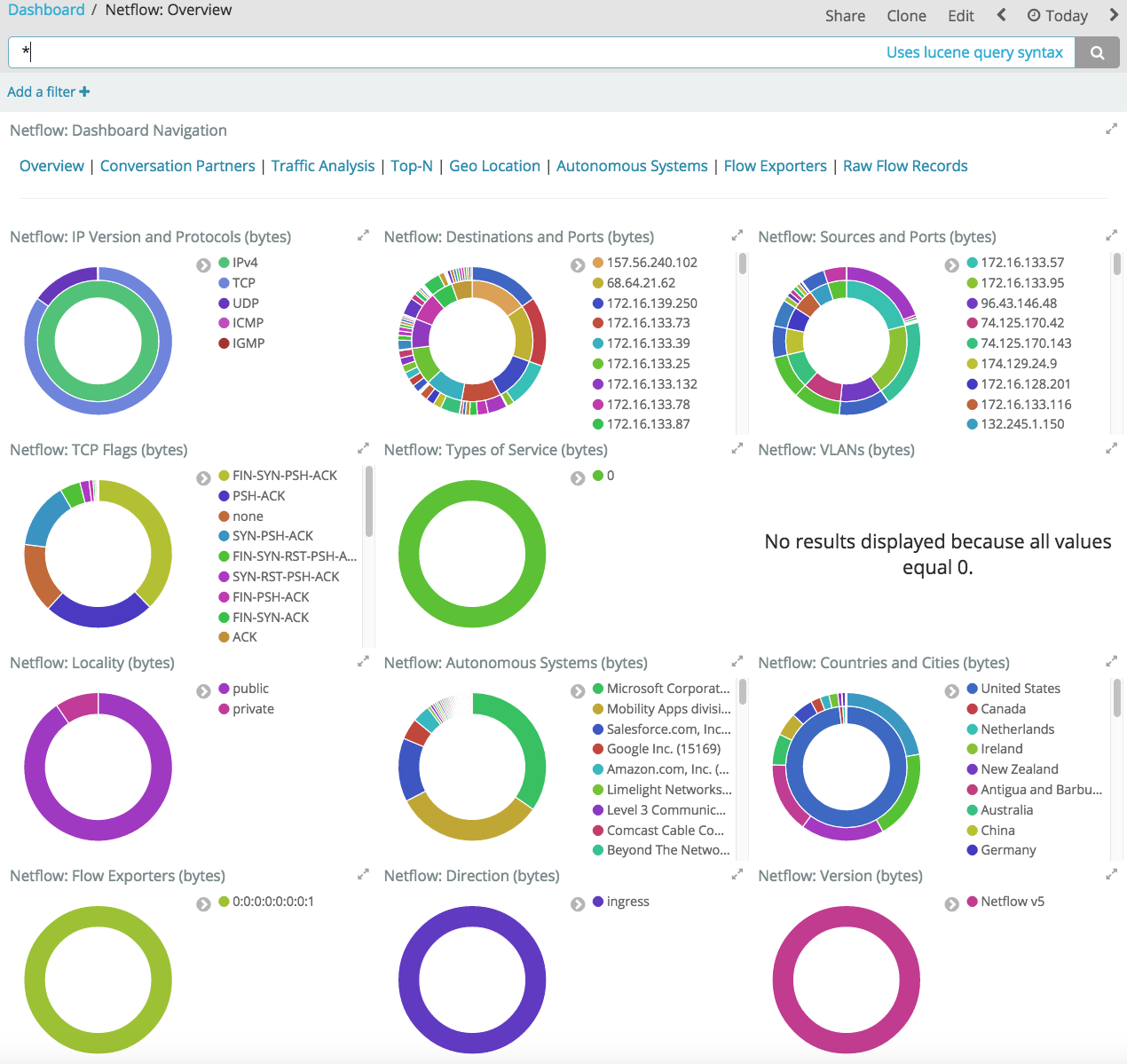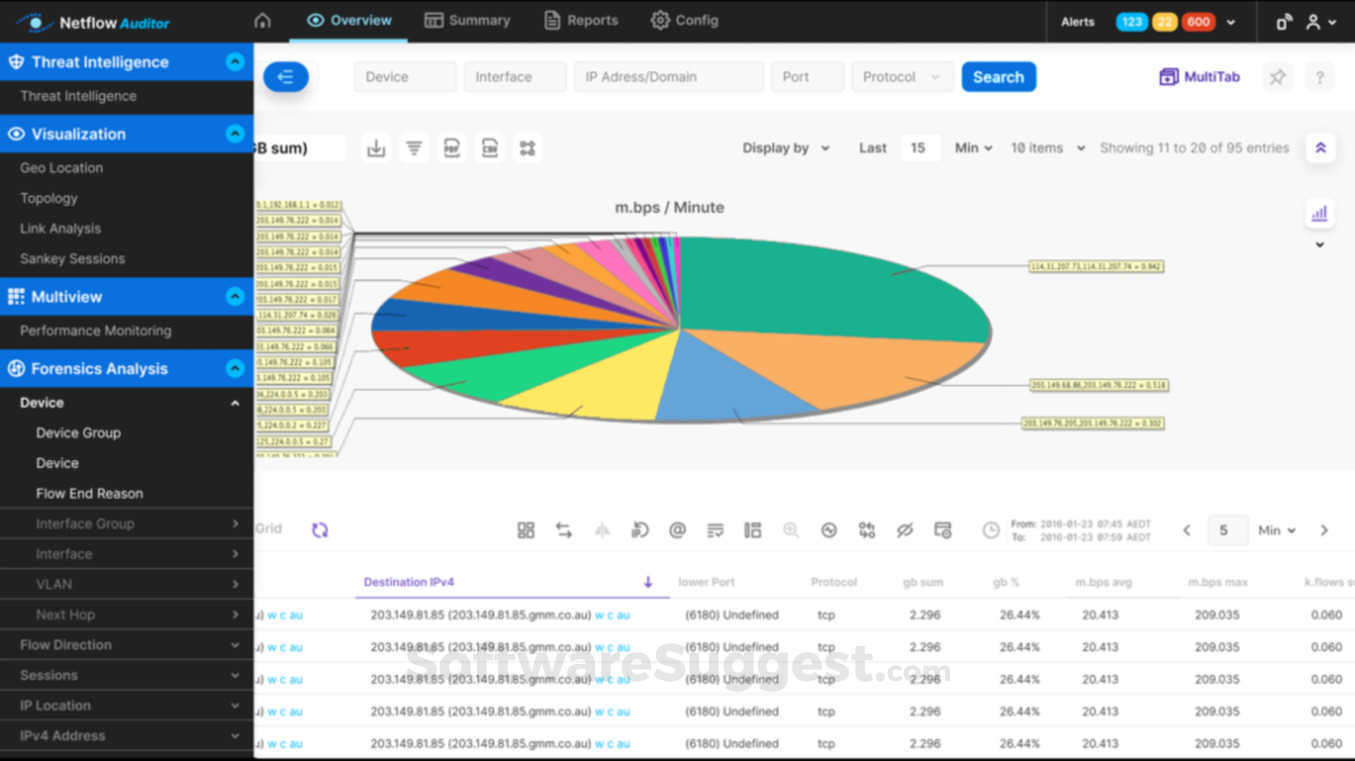
Like other solutions, NFDUMP provides tools that collect and process NetFlow data on the command line.

Next, is NFDUMP, which is part of the NfSen project. Something to keep in mind, while Silk is well maintained and designed for larger networks, it does require knowledge of scripting languages. The current code is implemented in C, Perl or Python and has been tested on Linux, Solaris, OpenBSD, OSX and Cygwin, but with very little change can be implemented on just about any Unix Platform. Silk is an open source NetFlow Collector developed by Cert NetSA and is compatible with NewFlow V5, V9 and IPFIX. Now that we have that out of the way, let’s get on with the fun and find the best network traffic monitor for you.įirst, let’s talk about Silk.
Commercial solutions generally way out pace the free solutions in both performance and in rich feature sets. Third, how do you feel about command line? While Linux solutions are commonly more stable, they are command line driven, which can be a bit of a headache for the uninitiated. Will you have to rely on community support (which can be great) or does your chosen solution come with its own support staff (usually adding a price)? Second, and slightly along the same line as the above, support. Yes, the software may be free, but training and or hiring an individual with expertise in the system will have a cost in both time and money. First, while open source may come with the idea of “free”, it is wise to remember that there is always a cost for everything. Well we would like to help you with that.īefore we get into the different solutions available, I have a few recommendations to keep in mind: 
So you are thinking of delving into the world of Linux NetFlow Collectors, but do not quite know where to begin.






 0 kommentar(er)
0 kommentar(er)
